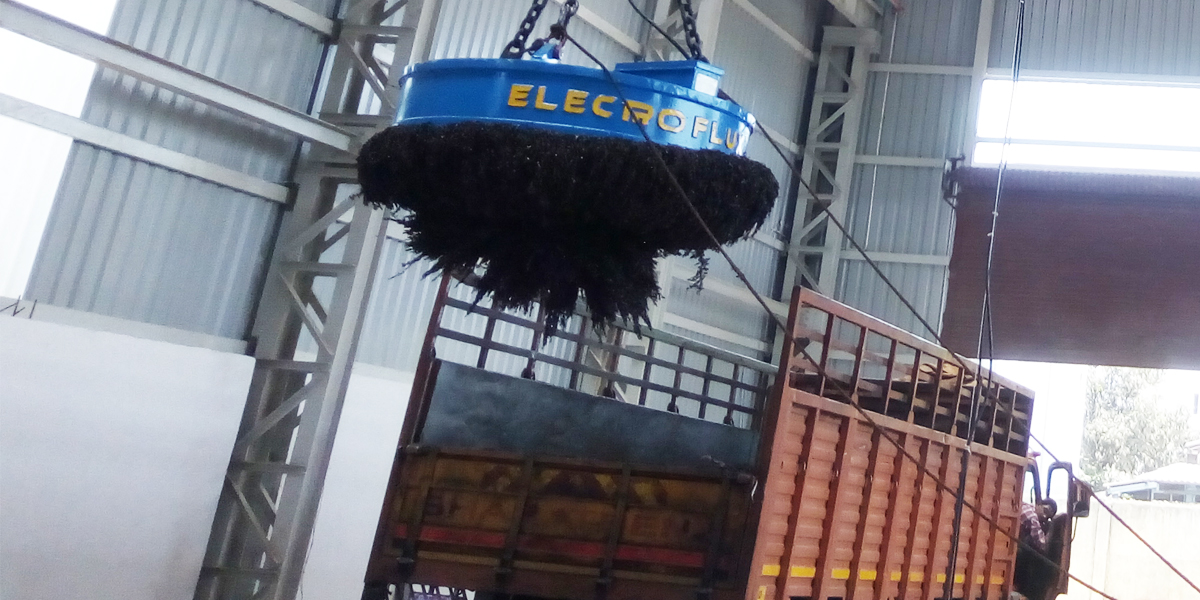Safety Guidelines for Using Circular Lifting Magnets

Strong 8k brings an ultra-HD IPTV experience to your living room and your pocket.
Safety Guidelines for Operating Circular Lifting Magnets
Circular lifting magnets are indispensable in industrial environments for safely and efficiently lifting heavy ferrous loads. However, operating them demands strict adherence to safety protocols to protect personnel, equipment, and work materials. Below are essential safety guidelines for using circular lifting magnets effectively.
1. Understand the Equipment Specifications
Before operating a circular lifting magnet, familiarize yourself with its specifications, including:
Weight capacity limits
Operating voltage and power requirements
Recommended working conditions
Exceeding capacity or improper handling can lead to accidents and equipment damage.
2. Inspect the Magnet Before Use
Conduct a thorough inspection of the circular lifting magnet prior to every operation. Check for:
Surface cracks or wear on the magnetic face
Secure connections of electrical wiring
Proper alignment and functionality of the suspension system
Regular inspections prevent malfunctions and extend the lifespan of the equipment.
3. Ensure Proper Operator Training
Only trained personnel should handle circular lifting magnets. Operators must be skilled in:
Understanding magnet controls and indicators
Balancing loads properly during lifting
Emergency response protocols
Periodic training sessions help keep workers updated on the latest safety measures.
4. Verify Load Material Compatibility
Circular lifting magnets work exclusively with ferrous materials. Verify that:
The load is free from non-magnetic materials such as plastic or wood
The surface of the load is clean and free from debris
The material is within the magnet’s rated lifting capacity
5. Test the Magnet’s Holding Power
Perform a holding power test before starting operations to ensure the magnet can securely lift the load. This involves:
Activating the magnet over a test material
Monitoring the magnet's performance under a controlled load
6. Implement Controlled Lifting Practices
Follow these operational best practices during lifting:
Keep the load centered beneath the magnet to avoid imbalance
Avoid sudden jerks or rapid movement during lifting
Never suspend loads over personnel
Controlled movements minimize the risk of load drops and injuries.
7. Monitor Electrical Connections
Circular lifting magnets rely on electrical input for their functioning. Ensure:
The power supply meets the manufacturer’s specifications
No exposed wires or loose connections are present
The system is grounded to prevent electrical hazards
Regular maintenance of electrical systems reduces risks of short circuits and power failure.
8. Establish a Safe Operating Area
Designate a clear and safe zone for magnet operations. Key measures include:
Erecting barriers or warning signs to keep unauthorized personnel out
Ensuring adequate lighting and visibility in the workspace
Keeping the area free from obstacles or debris
9. De-energize When Not in Use
Always turn off and disconnect the magnet when it’s not in use. This prevents accidental activation, conserving energy and ensuring safety.
10. Schedule Regular Maintenance
Preventive maintenance is critical for long-term safety and efficiency. Include:
Periodic lubrication of moving parts
Testing and recalibration of the magnet’s power settings
Replacing worn components promptly
Adhering to maintenance schedules enhances the magnet’s reliability and durability.
11. Adopt Emergency Safety Measures
Prepare for unforeseen incidents by implementing:
Emergency stop mechanisms in the magnet’s controls
Load drop alarm systems
Availability of first-aid kits and emergency response teams
Proper preparation ensures a swift and effective response to emergencies.
12. Stay Compliant with Industry Standards
Ensure that all operations align with local and international safety standards, such as OSHA and ISO regulations. This not only safeguards workers but also ensures legal compliance.
Conclusion
By adhering to these safety guidelines, industries can maximize the benefits of circular lifting magnets while minimizing risks. From regular inspections to ensuring proper operator training, every measure contributes to safer and more efficient operations. Always prioritize safety, as it is essential for a productive and accident-free industrial environment.
Note: IndiBlogHub features both user-submitted and editorial content. We do not verify third-party contributions. Read our Disclaimer and Privacy Policyfor details.


